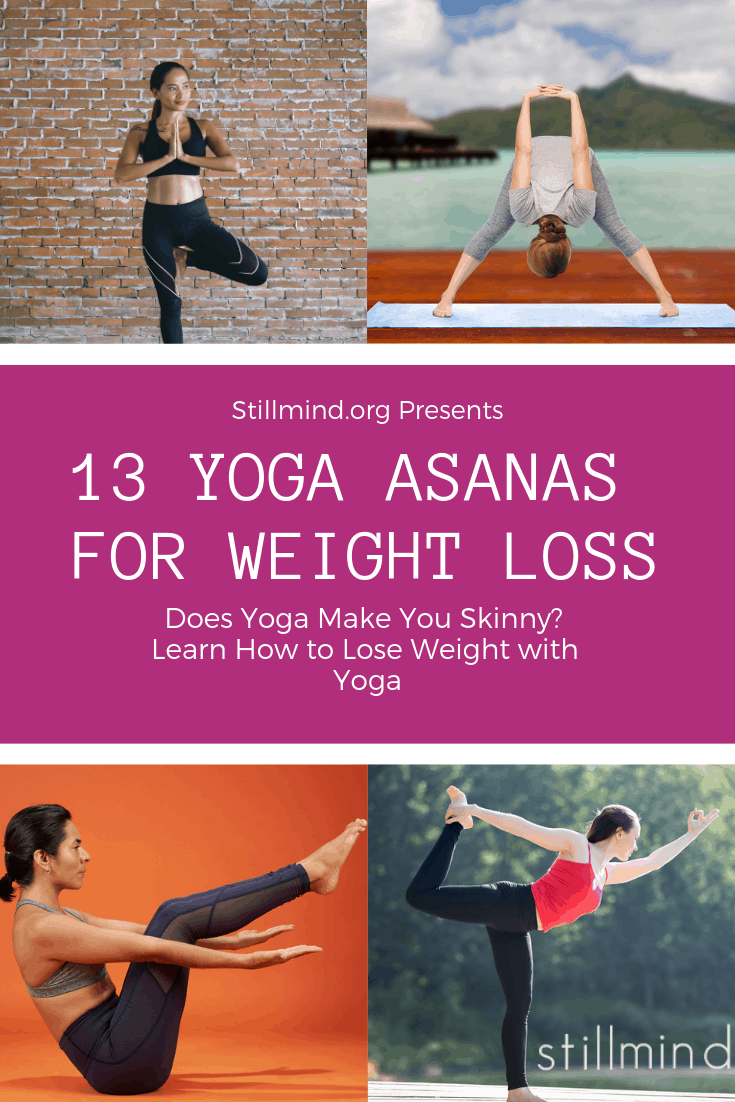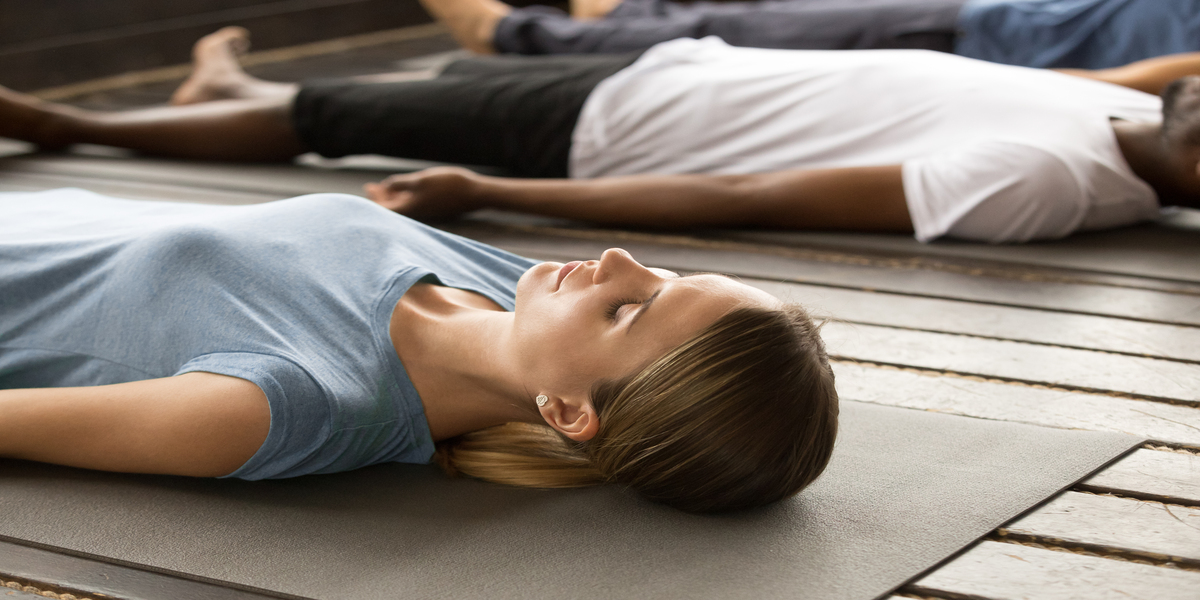
Yoga is derived from Sanskrit which means to join or unite. This union refers either to a union or fusion of mind and bodies, or to the integration of individual consciousness with universal consciousness. Yogaic practice was widespread in India during the early years of the 20th century. Lord Shiva was the first known yogi and he spread it through his writings. These books were later translated into many languages, and spread throughout the globe.
It was not unusual for yoga to become more Westernized as the practice of yoga grew, especially in Europe. In the early 1900s, the emergence of VHS tapes and DVDs led to the widespread distribution of yoga videos. Yoga became popular due to the rapid spread of the Internet and the booming fitness industry. In the 1990s the transatlantic flight and the microphone made it possible reach large audiences and spread ideas far and wide.
Yoga dates back thousands of year. It was practiced for spiritual purposes, but it only came to the attention of Westerners during the mid-19th century. Swami Vivekananda, an Indian monk brought the practice to the rest of the world. Later, he taught yoga in the West where it became very popular. This is a wonderful way to learn all about yoga's past.

The origins of yoga can be traced back as far back as ancient times to northern India. The Vedas, the oldest of the four vedas, contain references to the practice. The Rigveda includes over one thousand hymns along with 200 mantras. The Rig Veda was used as a guide by priests in the Vedic age to help them learn how to do yoga. Later centuries saw many Rishis refine the practice and bring it into the 21st century. Another great resource for information on the history of yoga is the Upanishads.
The history of yoga began with the first mentions of yoga in ancient India. The practice evolved to include asanas or physical postures. In the early 1900s, hatha yoga was popularized in the U.S., and many teachers began adding asanas to their classes. It gained widespread acceptance in the 1970s, when it was popularized. Yoga's popularity and spread was fueled by its birth in the United States.
The history of yoga is complex. Yoga's origins date back to 2000 BC when it was primarily a mind-body practice. It was then influenced by western gymnastics and the first Hatha Yoga practices were created. In the 1920s, Hatha yoga was developed. This form of yoga is more body-centered. Today, asanas serve as a tool for achieving this goal.
Yoga has its roots in ancient India. The practice and philosophy of yoga were very different thousands of years ago from Vinyasa today. It is possible to learn more about the history of yoga and better understand it. For example, ancient yoga was not practiced in the same way as modern-day Yoga. Yoga can be traced back to thousands of years, which will allow you to gain a deeper appreciation of it.

The history of yoga also has a rich tradition of yogic practices. The ancient yogis were largely Hindu, but they were influenced by the Hindu culture. In the west, yoga was largely banned by the British. Only after that, yoga was allowed to spread across Europe and the United States. In the latter 1800s, yoga was introduced to the United States from India by gurus. Asana, a form of meditation, is one example.
Asana forms the basis of many yoga practices. Asana practice is ancient. Yoga practice was a spiritual and religion practice in the 5thcentury. Jainism and Buddhism were also part of the ancient tradition. The Classical Period was the time when yoga beliefs and practices were first presented in a systematic manner. The popularity and influence of yoga grew over the centuries. As with any new practice however, the roots of yoga are still rooted in the exact same principles and ideals.
FAQ
Are you a cardio-exercise fan?
Cardiovascular exercise can have many benefits. It improves blood circulation, strengthens heart muscle, gives you energy, and can even help you lose weight.
Cardiovascular exercise includes running, biking, hiking, swimming, tennis, basketball, soccer, volleyball, football, etc.
Cardio exercises should not be done at high intensity. This could result in injury.
Cardiovascular exercise should be done only if you feel well.
Do not push yourself to the limit. In this way, you may injure or even kill yourself.
Warm up is the best way to start cardiovascular exercise. Gradually increase the intensity.
Remember, you should always listen to your body. If you feel pain during cardiovascular exercise, stop immediately.
After a cardiovascular training session, it is recommended that you take some time to relax. This allows your muscles time to recover.
To lose weight, you should include cardiovascular exercise in your daily routine.
It is the most efficient way to lose weight and stomach fat.
What is a good seven-day workout routine?
Three days per week should be spent on cardiovascular training, including running, biking, swimming, and two strength exercises using free weights, weight machine, as well as one flexibility/core exercise such as yoga, Pilates. It is important to complete each activity at least once weekly. The total time for each session should not exceed 45 minutes.
Cardiovascular Exercise: Running, Biking, Swimming
It is important to complete at least 60 minutes of cardio per week. For best results, aim for 75 minutes per week. Cardio exercises can be used to increase blood flow, stimulate muscle growth, and improve blood circulation.
Strength Training
Cardio exercises focus on the heart and lungs while strength training targets muscles and bones. Strength training is a great way to build lean muscle mass that helps you burn calories even if you are not actively exercising.
Flexibility and core workouts
To strengthen your whole body, flexibility and core work outs are excellent ways to do so. Both yoga and Pilates can be great choices.
What does butter do to men?
Butter is one of the best sources of saturated fats. This type of fat helps to build stronger bones, healthy skin, and hair.
Butter also contains vitamin K, which prevents bleeding from cuts and bruises. Vitamin K works together with vitamin C to prevent bruising.
Butter is rich in minerals such as calcium, potassium, and phosphorous. These elements encourage stronger bones.
Butter does have some drawbacks. Butter contains high levels of cholesterol. Research has shown that high levels of cholesterol could increase your chances of developing cardiovascular disease.
Butter is also high-fat, which can contribute to obesity and increase cholesterol.
However, if you must have butter, try spreading it on bread rather than dipping it into soup or salad. Bread absorbs less oil than pasta and potatoes.
Do Men Need A Gym Membership?
For men, a gym membership is not required. However, your money will be more valuable if you join a gym.
Most gyms offer free trial memberships, allowing you to try out the facilities before paying any fees.
You can use the gym at any time you want, and it doesn't cost anything. You can cancel your membership as soon as you decide whether you love or hate it.
Which workout is the most effective for men
It depends on what you're looking for. Cardio workouts can help you lose weight faster than strength training.
For those who want to gain muscle mass, strength training will be a better option, as it increases your lean body mass.
Both types can be used to improve your overall wellbeing.
If you're looking to get fit fast, I recommend doing HIIT or sprint interval training. This type of training helps you burn fat quickly by increasing your metabolism. It will also help you stay motivated to train even when your body is tired.
Is it true that kidney stones can be caused by overeating protein?
Protein helps maintain healthy bones and tissue. Over-consuming protein can result in calcium being excreted through the kidneys. In turn, this can result in kidney stones.
It is important to remember that not all people get kidney stones from eating more than 2g protein per kilogram (2.2lbs) of body weight. It is possible to eat high levels of protein without developing kidney stones.
You can prevent kidney stones by watching your sodium consumption. Sodium regulates the body's water balance. High levels of sodium are linked to a greater risk of developing renal stones.
You can also try reducing your protein intake if you get kidney stones. The majority of adults need protein for half their daily caloric needs. It is possible to lose weight by cutting down on your intake of proteins.
If you do decide to eat more protein, don't go overboard. Aim for less than 20% of total calories from protein.
Statistics
- Cardmembers earn 5% Back at Amazon.com with a Prime Credit Card. (amazon.com)
- By John Thompson Take a whopping 38% off a set of PowerBlock Pros. (menshealth.com)
- Candidates and applicants must pass all four tests at 70% (minimum level) to graduate from Basic Deputy U.S. Marshal (BDUSM) Training. (usmarshals.gov)
- Get free shipping and 25% off today. (healthline.com)
- According to the American Academy of Dermatology (AAD), men over 50 are at a heightened risk of developing it. (healthline.com)
External Links
How To
What is the healthiest food for men?
Men should eat five servings per day of fruits and vegetables. They also need to limit red meat consumption and avoid fast foods.
Vitamins and antioxidants are abundant in vegetables and fruits, helping to prevent heart disease, cancer, and other diseases.
Vegetables include broccoli, cauliflower, carrots, spinach, tomatoes, peppers, cucumbers, lettuce, mushrooms, etc.
High in fiber and protein, beans and peas also have high levels of protein.
The best sources of omega-3 fat acids are nuts and seeds. Essential for hormone production and brain function, omega-3 fatty acids are vital.
Fish is another excellent source of omega-3s. Fish has more mercury than other meats. However, fish liver oil does contain fewer toxins.
It is necessary to have a healthy growth rate and develop your brain.
Poultry is a great source of lean proteins. Chicken breast is one of the healthiest meats.
Lean beef contains low amounts of saturated fats and cholesterol. However, you should avoid eating too much red meat because too much iron may increase your risk of prostate cancer.
Avoid hot dogs and sausages. These processed meats contain nitrates that can cause cancer.
There is no doubt that exercise is essential for maintaining overall health. But what if you're already working out regularly? Is there something you can do to improve your physical condition or keep it that way?
The answer is yes You can do several things to make sure you get the most out of your workouts. Here are some tips for maximising your workout.
Start slow. If you try to push yourself too hard during your first session, you may injure yourself. Start slow and build your intensity slowly.
Before and after you stretch. Stretching will help loosen tight muscles, reduce soreness, and improve flexibility. Stretching can be done standing, lying down, or walking.
Cool down. This is especially important for cardio exercises. So that your body doesn't become exhausted, it needs to be able to recover between sessions. To cool down, walk slowly, take deep breaths, or go for a short swim.
Hydrate. Hydration can help you stay hydrated and reduce muscle cramps. Sports drinks, however, can be beneficial.
You must eat right. Eat enough calories. Eating regular meals throughout the day will help you stay energized and focused during your workout.
Get rest. You'll wake up feeling refreshed and ready to start your next workout when you sleep properly. It is essential to get enough sleep in order to repair damaged tissues.